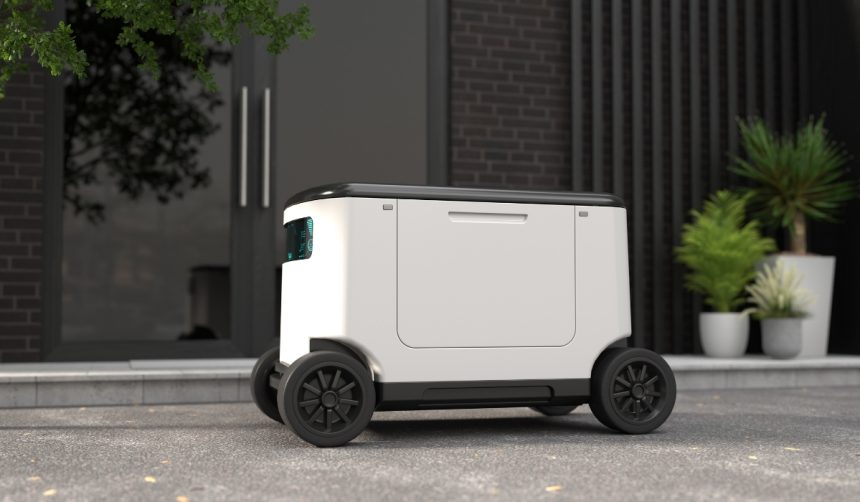At Automatica 2025, ABB Robotics has showcased a series of new industrial robots and a high-capacity mobile robot, underscoring its commitment to versatility and efficiency in manufacturing and logistics. These new releases serve a wide range of customers seeking solutions for automation, sustainability, and production density. The deployment of the IRB 6730S, IRB 6750S, and IRB 6760 highlights ABB’s pursuit of accommodating diverse industrial applications. Industry observers note a trend towards modular, flexible systems, and ABB’s advancements are seen as a response to increased automation demand, labor pressures, and tighter space in factories.
Earlier announcements of ABB Robotics’ expanding portfolio mostly emphasized collaborative robots and digital automation platforms, while competitors such as KUKA and Fanuc introduced larger robots with heavy lifting capacity over the last two years. ABB’s previous mobile robots targeted light and medium payloads, with features focusing on safety and navigation. The newly unveiled solutions now address a broader range of payload needs, and their modular approach follows a wider industry push to lower total cost of ownership and streamline integration. The addition of advanced AI software and fleet management echoes similar moves by other leading robotics suppliers, but ABB’s combination of dense production line robots and high-payload AMRs marks a clear broadening of focus.
How Do the New IRB Shelf Robots Improve Space Utilization?
The IRB 6730S and IRB 6750S shelf-mounted robots are designed for use in environments where maximizing floor space and production density is essential. Suitable for automotive, foundry, construction, and manufacturing industries, both models support payloads up to 350 kg and can operate at an elevated position or on a second level. By working alongside floor-mounted robots, they enhance process flexibility and throughput, evident in scenarios such as die casting and spot welding, where ABB claims an increase in the number of welds performed within the same cycle time.
What Capabilities Does the Flexley Mover P603 AMR Offer?
The Flexley Mover P603 autonomous mobile robot is equipped to transport payloads up to 1,500 kg. It uses visual SLAM technology for navigation, aiming for agile movement in confined industrial spaces. With load-detection features and a suspension system that allows for deployment over uneven surfaces, this AMR is tailored for logistics and line supply applications. Its reported 24/7 operation and speed improvement over similar robots are further supported by adherence to international safety standards and high positioning accuracy.
How Is ABB Leveraging Software for Its Robotics Systems?
ABB’s latest AMR operates together with AMR Studio and Fleet Manager, offering drag-and-drop and no-code programming for streamlined deployment. This software-driven approach seeks to reduce commissioning times, simplify customization, and manage multiple robots across large settings. The combination with advanced controllers such as OmniCore enables integrated operation, energy efficiency, and modularity across the robot fleet, suited for adapting to rapid changes on factory floors and in supply chains.
ABB emphasizes “Autonomous Versatile Robotics” as an overarching vision for its product releases, combining advanced sensors, AI-driven control, high-speed motion, and adaptive manipulation. Six critical competencies—ranging from human-robot interaction to vision-guided localization—form the basis of these innovations. The firm is also highlighting robotics solutions such as AI-powered item selection, further leveraging its integrated vision and machine learning platforms. At Automatica, ABB is displaying a lineup of hardware and software engineered to work as a unified, highly adaptable system.
Companies exploring production automation benefit from the expansion of flexible, high-capacity robotic systems like those introduced by ABB Robotics. Modern manufacturing increasingly resembles a network, where smart robots and AMRs operate together, guided by intuitive software and advanced AI. Firms evaluating these technologies should consider compatibility with existing factory layouts, integration speed, and serviceability. Practical deployment may depend on the flexibility of modular controllers, the accuracy of motion and navigation subsystems, and the ongoing emergence of software tools that simplify scaling operations. Keeping informed of these trends allows potential adopters to select solutions best tailored to their productivity and cost-effectiveness goals.










